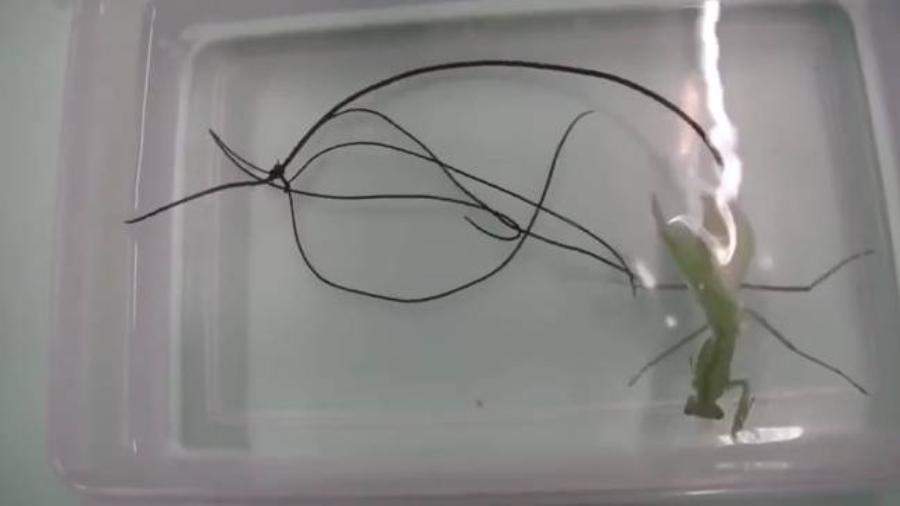People Are Calling Parasite Crawling Out Of Praying Mantis ‘The Last Of Us' In Real Life
Nature constantly surprises us with its diverse and often brutal aspects, and a recent discovery involving a parasite emerging from a praying mantis has captivated the attention of many. People are calling parasite crawling out of praying mantis ‘The Last of Us' in real life.
Author:Morgan MaverickReviewer:Professor JhizMay 30, 20232.6K Shares218.8K Views
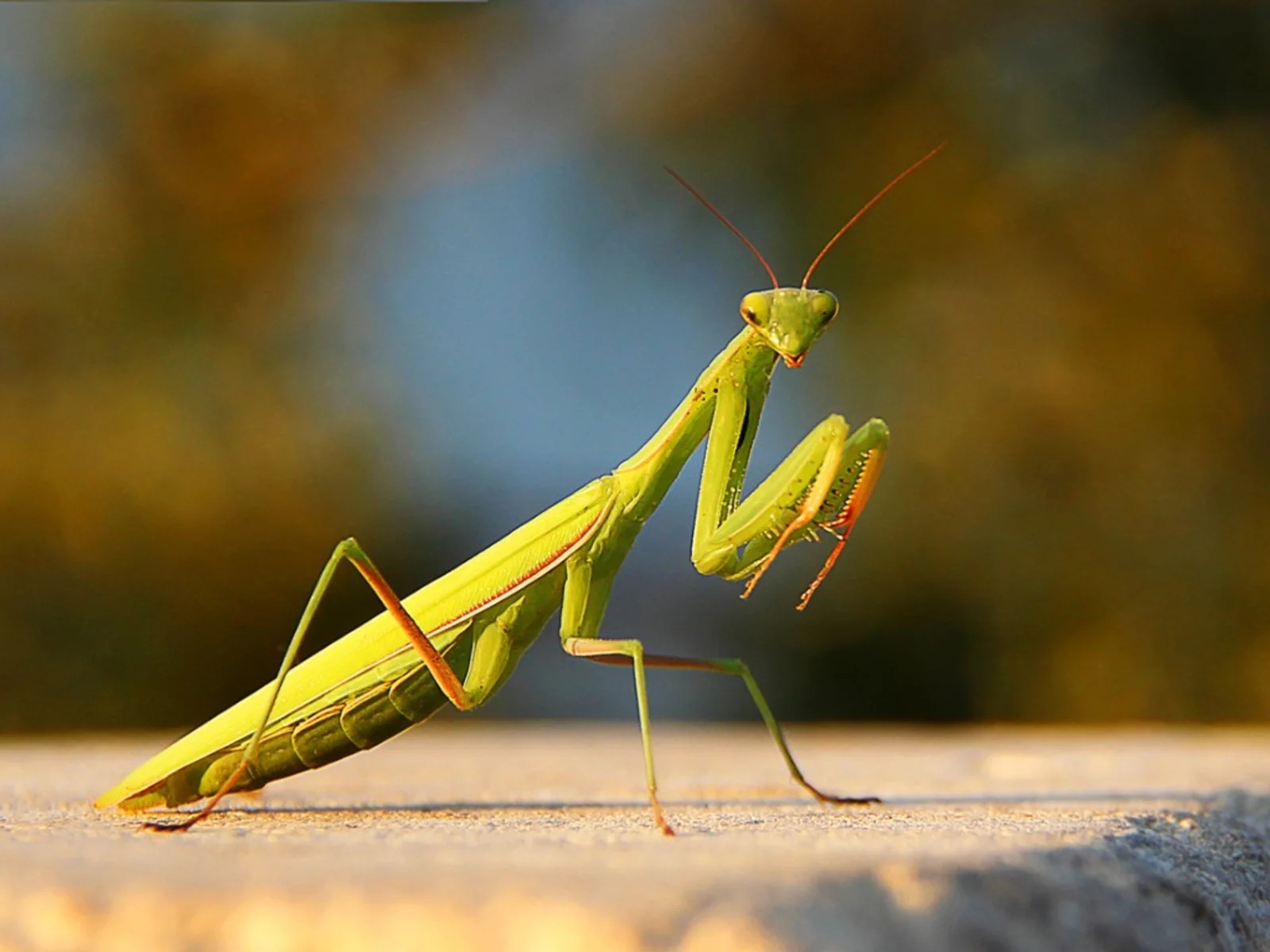
Nature constantly surprises us with its diverse and often brutal aspects, and a recent discovery involving a parasite emerging from a praying mantis has captivated the attention of many. People are calling parasite crawling out of praying mantis ‘The Last of Us in real life’.
The Parasitic Encounter
After witnessing a videoof a parasite emerging from a praying mantis, viewers have been left feeling seriously disgusted. People are calling parasite crawling out of praying mantis ‘The Last of Us in real life’.
The story begins with a praying mantis that had been infected by a parasitic horsehair worm (scientifically known as Nematomorpha). The horsehair worm is a type of parasite that manipulates its host's behavior to fulfill its life cycle. In this case, the praying mantis unknowingly became a vessel for the worm's reproduction.
As the infection progresses within the praying mantis, the horsehair worm continues to grow and develop. Eventually, it reaches maturity and needs to leave its host to reproduce. This is when the extraordinary and somewhat eerie event takes place. The parasite begins to manipulate the praying mantis, compelling it to seek out water sources such as streams or puddles.
Driven by the parasite's influence, the infected praying mantis approaches a body of water and is unable to resist plunging itself into the aquatic environment. Once submerged, a remarkable and unsettling sight unfolds. The horsehair worm emerges from the body of the praying mantis, wriggling out in a mesmerizing display of survival and reproduction.
The bizarre nature of this occurrence has drawn comparisons to the popular video game franchise 'The Last Of Us.' In the game, a parasitic fungustakes control of its host's behavior, transforming them into aggressive and mindless creatures. While the real-life event lacks the post-apocalyptic setting of the game, the concept of a parasite manipulating its host is eerily similar.
Parasitic relationships are not uncommon in nature, with numerous examples found across different species. Parasites have developed a range of strategies to ensure their survival and reproductive success. In the case of the horsehair worm, it relies on manipulating the behavior of its host, an ability that remains puzzling to scientists.
The emergence of this real-life phenomenon has sparked widespread fascination and a touch of unease among those who have encountered the story. The intricate relationship between parasites and their hosts highlights the intricate and sometimes macabre aspects of the natural world.
While the event may elicit mixed feelings, it provides an excellent opportunity for scientific exploration and education. By understanding the mechanisms behind parasitic relationships, researchers can gain insights into various aspects of biology, including behavior manipulation and host-parasite coevolution.
Horsehair Worm And Praying Mantis Interaction
Nature often presents us with astonishing examples of interplay between organisms, and the relationship between the horsehair worm (Nematomorpha) and the praying mantis is one such fascinating encounter. In this section, we will delve into the details of the interaction between these two creatures, exploring their behavior, life cycle, and the captivating ways in which the horsehair worm manipulates its unsuspecting host.
The Horsehair Worm
The class Nematomorpha includes horsehair worms sometimes referred to as Gordian worms. They resemble nematodes, however they are somewhat longer (4 inches or more) and considerably thinner (1/80 to 1/10 inch diameter).
They can develop in cisterns, animal watering troughs, or any open outdoor container with water. They are typically found in water or damp environments, such as in or near streams or puddles. This kind of inquisitive beings gently twists their hair-like bodies into complex knots.
Horsehair worms are long, slender creatures that belong to the phylum Nematomorpha. These parasites spend a significant portion of their life cycle within aquatic environments. While the adult worms are free-living, their larvae are parasitic, often infecting insects, including grasshoppers, crickets, beetles, and, in this case, praying mantises.
Infection And Manipulation
The life cycle of a horsehair worm begins when the adult worm lays its eggs in water. These eggs hatch into microscopic larvae, which actively seek out potential hosts. When a suitable insect host, such as a praying mantis, comes into contact with the water, the larvae penetrate the host's body through various means, including ingestion or absorption through the insect's respiratory system.
Once inside the praying mantis, the horsehair worm larvae undergo a remarkable transformation. They reside within the insect's body, absorbing nutrients and growing over time. As the worm develops, it starts to exert control over the host's behavior through intricate physiological and biochemical mechanisms.
Manipulation Of Host Behavior
The most striking aspect of the horsehair worm-praying mantis interaction is the manipulation of the host's behavior. As the parasite matures, it releases chemical signals that alter the praying mantis's neurological and endocrine systems. These signals effectively hijack the insect's brain, compelling it to act in a manner that benefits the parasite's reproductive goals.
One of the most notable behavioral changes is the host's compulsion to seek out water sources. This is a critical step for the horsehair worm's life cycle completion. Under the parasite's influence, the infected praying mantis will exhibit restlessness, increased movement, and an irresistible attraction to water.
The Final Act - Emergence And Reproduction
Driven by the parasite's manipulation, the infected praying mantis will eventually reach a water source. It may approach a pond, stream, or any other body of water suitable for the worm's development. Unable to resist the parasite's influence, the mantis will plunge itself into the water, often resulting in its drowning.
Once submerged, an astonishing event takes place. The horsehair worm emerges from the body of the deceased praying mantis, wriggling out and releasing itself into the water. These adult worms will then mate, and the females will lay their eggs, perpetuating the life cycle of the horsehair worm.
Scientific Significance And Research
The horsehair worm-praying mantis interaction has garnered attention from scientists and researchers interested in understanding the mechanisms of parasitic manipulation. This phenomenon provides valuable insights into the coevolutionary arms race between parasites and their hosts. By studying the chemical signals, neurological changes, and behavioral modifications occurring in the praying mantis, scientists aim to unravel the intricate workings of this fascinating interaction.
While the horsehair worm-praying mantis interaction is particularly captivating, it is essential to note that similar parasitic relationships exist across different species in the natural world. Various parasites exhibit remarkable adaptations to manipulate their hosts for their own reproductive success.
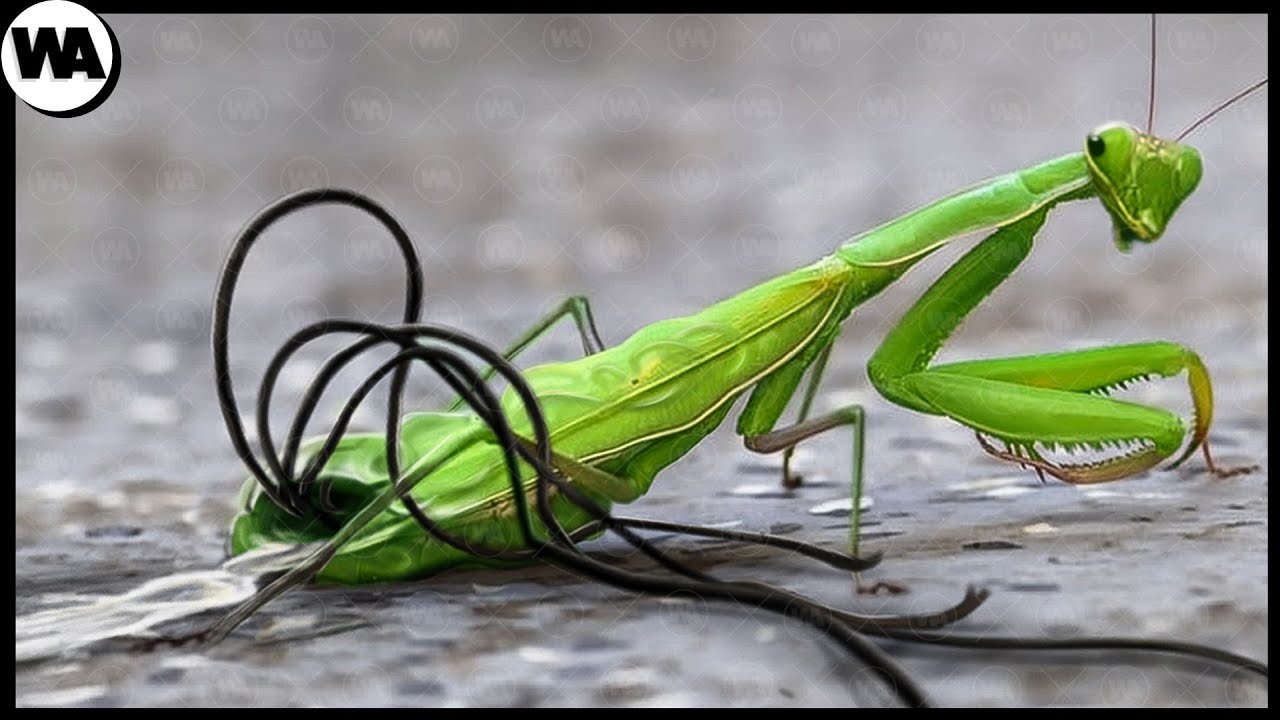
This Is What All Mantises Are Afraid of
Real-life Examples Of Parasitic Relationships
Parasitic relationships are ubiquitous in nature, showcasing the intricate interplay between different organisms. These relationships involve one organism, the parasite, benefiting at the expense of its host.
In this section, we will delve into the fascinating world of real-life examples of parasitic relationships, examining various species and the remarkable adaptations they have developed to exploit and manipulate their hosts.
Parasitic Wasps And Caterpillars
One compelling example of parasitic relationships can be observed in the interactions between parasitic wasps and caterpillars. Certain species of parasitic wasps lay their eggs on or inside the bodies of unsuspecting caterpillars.
When the wasp larvae hatch, they feed on the caterpillar's tissues, gradually consuming it from within. The caterpillar serves as a living food source for the developing wasps, ultimately resulting in the caterpillar's demise.
Mistletoe And Trees
Mistletoe is a well-known parasitic plant that establishes a connection with its host tree. Mistletoe plants penetrate the branches of the host tree, tapping into the tree's vascular system to extract water and nutrients. While mistletoe weakens its host over time, it also provides ecological benefits by creating shelter and food sources for various animals.
Dodder And Host Plants
Dodder is another parasitic plant that lacks leaves and roots of its own. Instead, it attaches itself to the stems of host plants, extracting water and nutrients from them. Dodder plants wrap around the host, penetrating their tissues and relying entirely on them for survival. This parasitic relationship often proves detrimental to the host plant's health and can lead to its eventual death.
Leeches And Vertebrates
Leeches are blood-sucking parasites that attach themselves to the bodies of vertebrates, including mammals, birds, and even humans. Leeches possess specialized structures that enable them to latch onto their hosts and secrete anticoagulant substances to facilitate blood flow. While leeches derive sustenance from their hosts, their feeding activities can cause discomfort and potential health issues.
Parasitic Fungi And Insects
Parasitic fungi are known for their remarkable ability to manipulate the behavior of their insect hosts. One notable example is the Cordyceps fungus, which infects ants and other insects. The fungus infiltrates the host's body, taking control of its nervous system and directing it to climb to a higher location. Eventually, the fungus bursts through the host's body, releasing spores that infect other unsuspecting insects.
Tongue-eating Lice And Fish
Tongue-eating lice, scientifically known as Cymothoa exigua, are parasitic crustaceans that enter the mouths of certain fish species. Once inside, they latch onto the fish's tongue, feeding on its blood and tissues until the tongue withers away. The louse then functions as a replacement tongue, benefiting from the fish's food intake and circulating water.
Toxoplasma Gondii And Mice
Toxoplasma gondiiis a protozoan parasite that infects numerous warm-blooded animals, including mice. When a mouse ingests the parasite, it alters the rodent's behavior, reducing its natural aversion to predators such as cats. This change increases the likelihood of the infected mouse being preyed upon by cats, allowing the parasite to complete its life cycle inside the feline host.
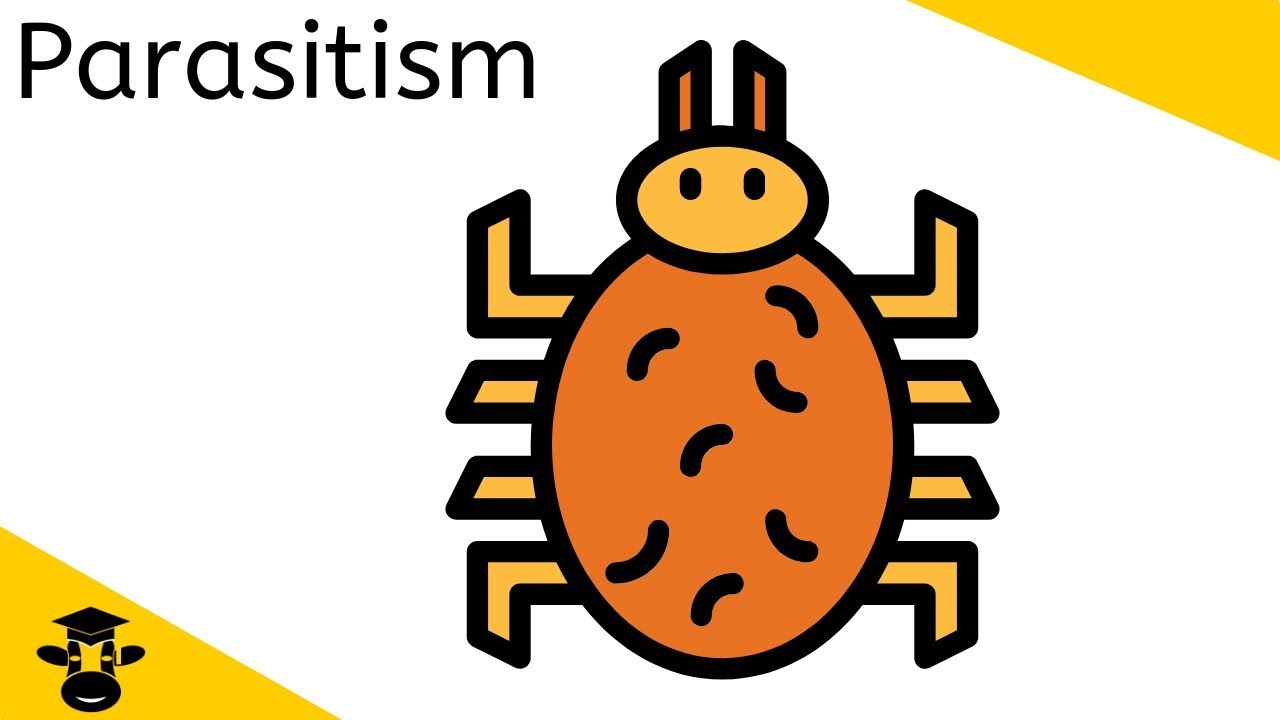
Parasitism Examples
People Also Ask
What Is 'The Last Of Us In Real Life' Phenomenon Involving A Praying Mantis And A Parasite?
The 'Last Of Us in real life' refers to a recent discovery where a parasitic horsehair worm emerges from a praying mantis, manipulating its behavior to complete its life cycle.
What Is A Horsehair Worm?
A horsehair worm, scientifically known as Nematomorpha, is a type of parasite that infects insects and other invertebrates. It manipulates its host's behavior and eventually emerges to reproduce.
How Does The Horsehair Worm Manipulate The Praying Mantis?
The horsehair worm controls the praying mantis by compelling it to seek out water sources. Once near water, the infected mantis is driven to submerge itself, allowing the worm to emerge and reproduce.
Is The Parasite-host Relationship Seen In The Praying Mantis And Horsehair Worm Common In Nature?
Parasitic relationships are widespread in nature, and various parasites employ different strategies to ensure their survival. Manipulating the behavior of their hosts is one such strategy, as seen in the case of the horsehair worm.
What Can We Learn From The Praying Mantis-parasite Interaction?
The phenomenon provides an opportunity for scientific exploration, allowing researchers to gain insights into the mechanisms of behavior manipulation and the coevolution of parasites and their hosts. It also highlights the intricate and sometimes eerie aspects of the natural world.
Conclusion
People are calling parasite crawling out of praying mantis ‘The Last of Us in real life’. The story of a horsehair worm emerging from a praying mantis captures our imagination, blurring the lines between nature's wonders and fictional worlds.
The Last Of Us may have popularized the idea of parasitic manipulation, but this real-life occurrence serves as a reminder that truth can sometimes be as intriguing as fiction.
As we delve deeper into the intricacies of the natural world, we continue to uncover remarkable and sometimes unsettling phenomena that both fascinate and educate us about the complex web of life on Earth.
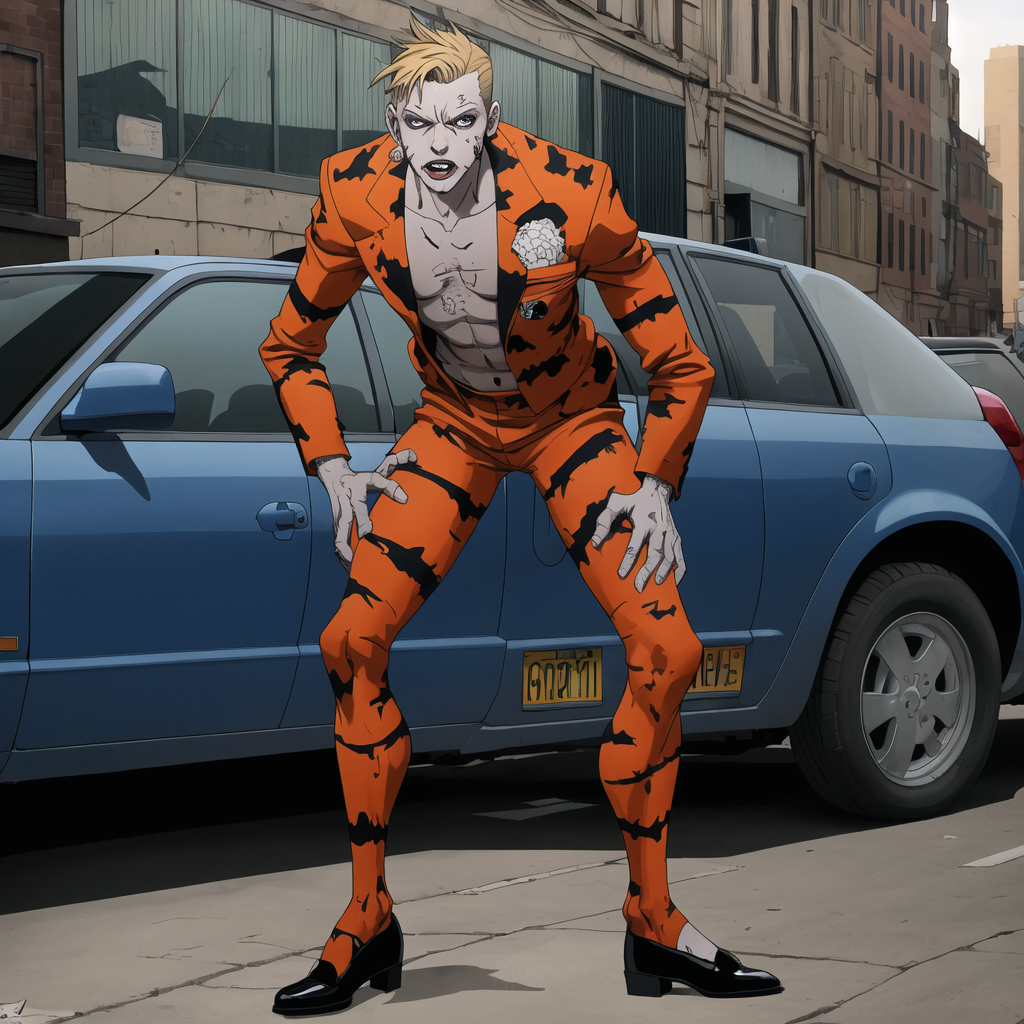
Morgan Maverick
Author
Morgan Maverick is an unorthodox news reporter driven by an insatiable hunger for the truth. Fearless and unconventional, he uncovers hidden narratives that lie beneath the surface, transforming each news piece into a masterpiece of gritty authenticity. With a dedication that goes beyond the boundaries of conventional journalism, Morgan fearlessly explores the fringes of society, giving voice to the marginalized and shedding light on the darkest corners.
His raw and unfiltered reporting style challenges established norms, capturing the essence of humanity in its rawest form. Morgan Maverick stands as a beacon of truth, fearlessly pushing boundaries and inspiring others to question, dig deeper, and recognize the transformative power of journalism.

Professor Jhiz
Reviewer
Professor Jhiz brings fun to teaching anatomy. Born in China, she shares her fascination for how the body works.
Students say her lectures are lively with jokes and stories. She draws cartoon diagrams that highlight structures creatively.
Professor seeks to inspire curiosity and joy in anatomy. She treats each class like a show using props and costumes.
When not teaching, Jhiz enjoys karaoke and novelty socks. Her goal is passing on a spirit of wonder to students.
Latest Articles
Popular Articles
